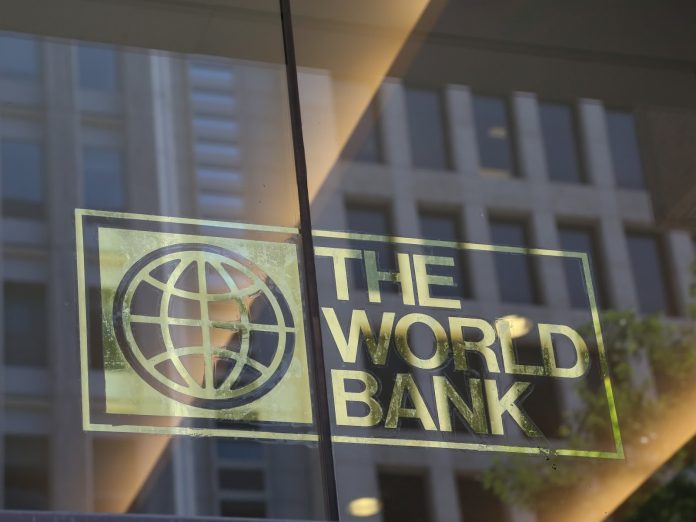LAHORE
Balochistan is facing a dearth of qualified human resources in the public and private sectors, which not only is hindering service delivery but is weakening institutional structures. This implies a state, neither efficient nor responsive to the needs of communities particularly of Quetta, a World Bank (WB) first-off draft note reveals.
According to the initial draft of Public Expenditure and Financial Accountability (PEFA) assessment being prepared for Balochistan – a copy of which is available with Pakistan Today – eight districts of Northern Balochistan including Killa Abdullah, Killa Saifullah, Nushki, Chagai, Sherani, Zhob, Pishin and Mastung have been most affected by refugee populations of Afghans and TDPs in the aftermath of Zarb-e-Azb. ‘Poverty rates in these districts are reaching as high as 77 percent in Sherani’ it pointed out.
The draft of the report, to be published around October, points out that the capacity of the local government and rural development department is weak, up to an extent that the laws need to undergo a number of revisions.
The draft mentions that the government of Balochistan did conduct local government elections in 2014 however, according to the latest Public Expenditure and Financial Accountability (PEFA) assessment being prepared for Balochistan, the capacity of the local government and rural development department is weak and the law is expected to undergo a number of revisions.
The report stresses organising rural communities around their comparative advantage is essential to addressing the issue of low population density, enabling people to ensure local resource mobilisation.
Livelihoods interventions and improved access to productive infrastructure will support local communities in value addition at source thereby addressing Balochistan’s issue of location disadvantage.
The area exhibits a great variety of physical features, consisting of vast rocky deserts with extremes of climate and very low rainfall. Primarily due to the vastness of the province and predominantly rural setup, Balochistan has a low population density, compared to the rest of the country. Most parts of Balochistan face water scarcity, a problem which has been further exacerbated due to the frequent droughts.
The report points out planning and development department has limited experience of the Bank’s safeguard policies. However various provincial government departments including irrigation, education, and health departments have been implementing bank funded projects with a varying degree of safeguard requirements. Extensive capacity building of the key institutions involved in the project will be needed for effective management of safeguard requirements
Most significantly, the report says that Balochistan is away from the country’s main economic hubs, implying that overall growth in national GDP does not translate into investment or consumption growth.
Primary enrolment in the province is 73 per cent while secondary enrollment is 39 per cent with a significant gender divide: 50 per cent for males and 21 per cent for females. Adult literacy is 38 per cent, 56 per cent of males and 18 per cent for females. Only 51 per cent of the population has access to basic health services.
Pointing out information about the natural resources, the report says Balochistan is richly endowed in natural resources however, these remain underutilised and there is a mismatch between the area and resource allocation of the province.
Mineral wealth in the province, concentrated in the north, is estimated to be the US $ 1 trillion. The province has the potential to generate 1.2 million megawatts of solar energy and 3.9 million hectares of land, available for cultivation, remains unused.
The province faces an acute water shortage, with only 115 mm of precipitation, which is also shrinking due to climate change. Water depletion continues due to the indiscriminate use of water resources.




